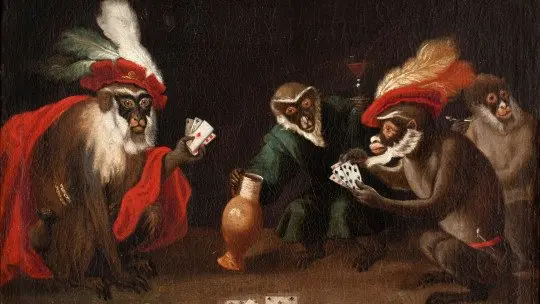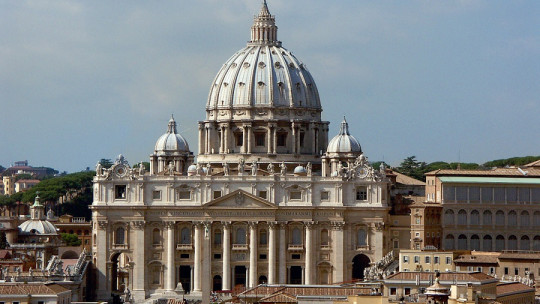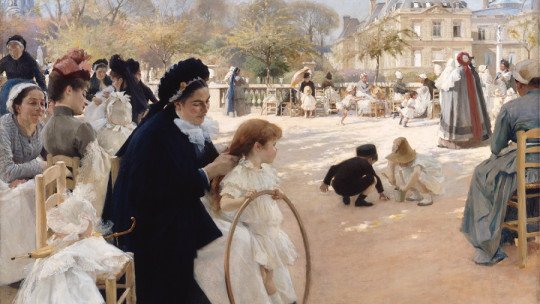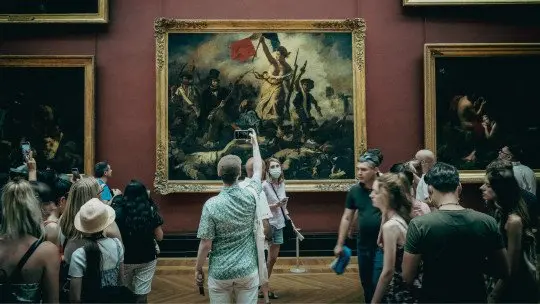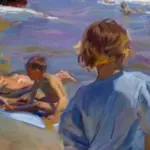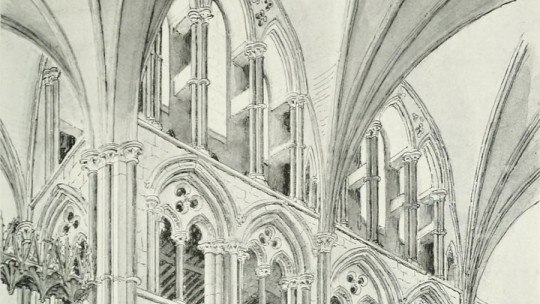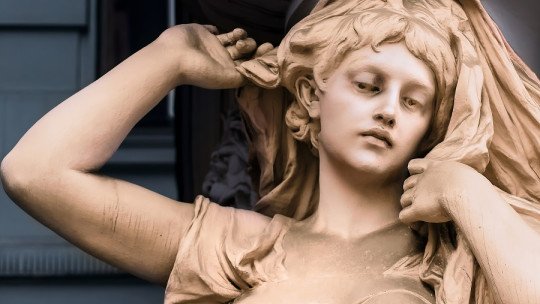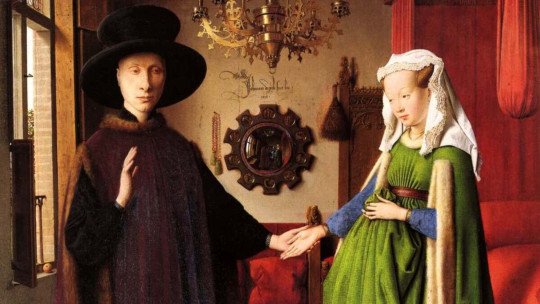
The Arnolfini Marriage is Jan van Eyck’s best-known work and, possibly, one of the most famous in Flemish painting. In a domestic interior we see a couple, a man and a woman, holding her hand (or, rather, he holding hers). Both wear sumptuous clothing in the purest Flemish style from the beginning of the 15th century, which denotes their status as rich bourgeois.
In front of them, a friendly little dog stares at us and, behind, on the back wall (beyond the bed and the red velvet curtains) a convex mirror returns to us the scene that is happening in front of the couple and that, due to our position , we can not see.
What scene is this? What is happening in the bedroom? Who are those portrayed? And, what is more enigmatic: who are the men who appear reflected in the mirror? What does the (only) candle lit in the lamp symbolize, or the oranges scattered on the window sill and on the chest…?
On the canvas, everything is much more than it seems. Today we analyze the elements of Jan van Eyck’s painting that has always fascinated viewers: The Arnolfini Marriage.
The thriving Bruges of the 15th century
The work at hand must be framed in the thriving Bruges of the 15th century, a rich and very cosmopolitan Flemish city (belonging in those years to the Duchy of Burgundy) that was one of the most important centers not only of commerce, but also of cultural exchange. .
The city was bustling with commercial and artistic activity, the latter spurred by the patronage activities that the rich bourgeois living there carried out. Furthermore, the presence of Italian merchants in the city (such as Giovanni Arnolfini himself) contributed to strengthening an “artistic corridor” that brought and carried paintings from Flanders to the Italian peninsula and vice versa. Thus, The important innovations that began to emerge in parallel in Italian and Flemish cities were known by both territories and instigated a cultural dialogue that resulted in a drastic change in the conception of painting.
The Flemish primitives
We call “Flemish primitives” the painters of 15th century Flanders who, through a series of technical innovations (such as, for example, oil painting and the application of optics in painting) achieved an absolutely groundbreaking style that , in parallel to what was happening in Italy (the beginning of the mathematical perspective recorded by Brunelleschi), revolutionized the art of painting.
Because, unlike what has often been said, it was not only the Italians who found a new way of expression at the dawn of their Renaissance. The effect of depth, as well as the greater naturalism of the figures, was also beginning to be reflected in Flemish cities although with different methods and techniques that there is no time to analyze in a single article.
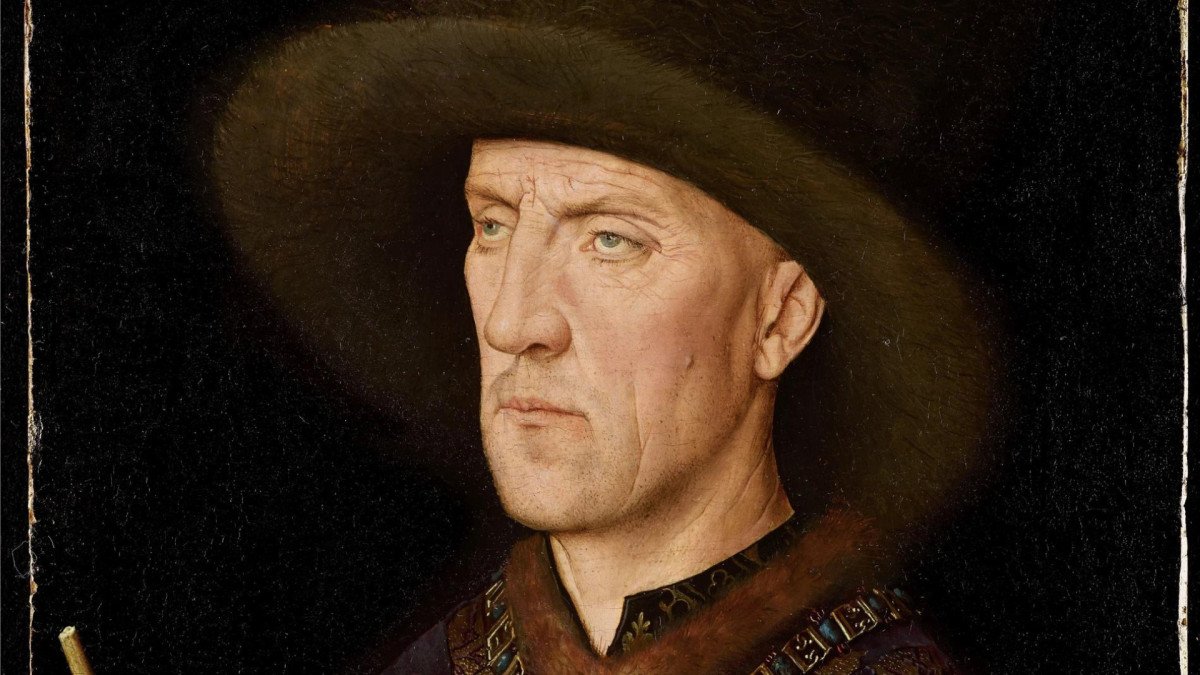
Jan van Eyck (1390-1441) is one of the most outstanding painters of these early Flemish painters, in addition to establishing himself as one of the pioneers of the style. Although it has often been speculated that he and his brother Hubert (also a painter) were the inventors of oil painting, it is currently known that they limited themselves to perfecting the technique and making the most of it, if that mastery was to be considered. can be called “limitation”. Indeed; Van Eyck’s paintings are lively and extraordinarily luminous, in part thanks to this new painting technique, which allowed a brilliance of tones never seen before.
Another characteristic of 15th century Flemish painting and, therefore, of Van Eyck, is the extraordinary thoroughness with which the artists capture the details. In the case not shown, the hairs of the dog in the foreground were painted one by one with a very fine brush, which attests, once again, to the detail that characterizes this school. In fact, botanical experts can easily identify the species of plants, flowers and trees that appear in the paintings thanks to their accuracy.
The protagonists of the painting
The couple that appears at the center of the composition of The Arnolfini Marriage are Giovanni Arnolfini, a prosperous merchant born in Lucca and settled in Bruges, and Giovanna Cenami, his wife, also of Italian origins. The Italian community (and, specifically, that from Lucca) was quite numerous in the city, and families arranged marriages between their members to ensure, on the one hand, the continuity of their wealth and property and, on the other, the of their own culture. Giovanni and Giovanna married in 1426, and it is precisely this moment that is captured on the table.
The most important part of the betrothal was, without a doubt, procreation. Without it, marriage had no social meaning. Lineages continued the lineage through descent, and the lack of it was seen as a calamity or, directly, a divine punishment. There are many elements in the painting that tell us about this, such as the Saint Margaret carved on the headboard of the bed or the oranges that rest on the windowsill and the chest. We will talk about all this symbolism below.
The enigmas of The Arnolfini Marriage
Apparently it is a family portrait, made to keep in the house as a souvenir of an engagement. However, we have already mentioned it: in Van Eyck’s table everything is more than it seems. We analyze it below.
1. Saint Margaret and the oranges
Let’s go to the head of the bed, where we can see, very hidden by the distance, a Saint Margaret carved in wood and, at her feet (and as is characteristic of this saint) a dragon. The symbolism of the saint who “steps on” the beast is actually very old, and would mean the victory of Good over Evil. But, on the other hand, Saint Margaret was the patron saint of pregnant women and childbirth; This information, and her presence in the marital bed, suggest that her mission in her painting is to symbolize the hope of procreation.
Van Eyck could have captured oranges with the same sense of fertility and abundance. However, these involve other possible explanations; Given that this fruit was imported and, therefore, very expensive to obtain, it could reflect the high social status of the couple, or, as some historians suggest, their origin (the Mediterranean).
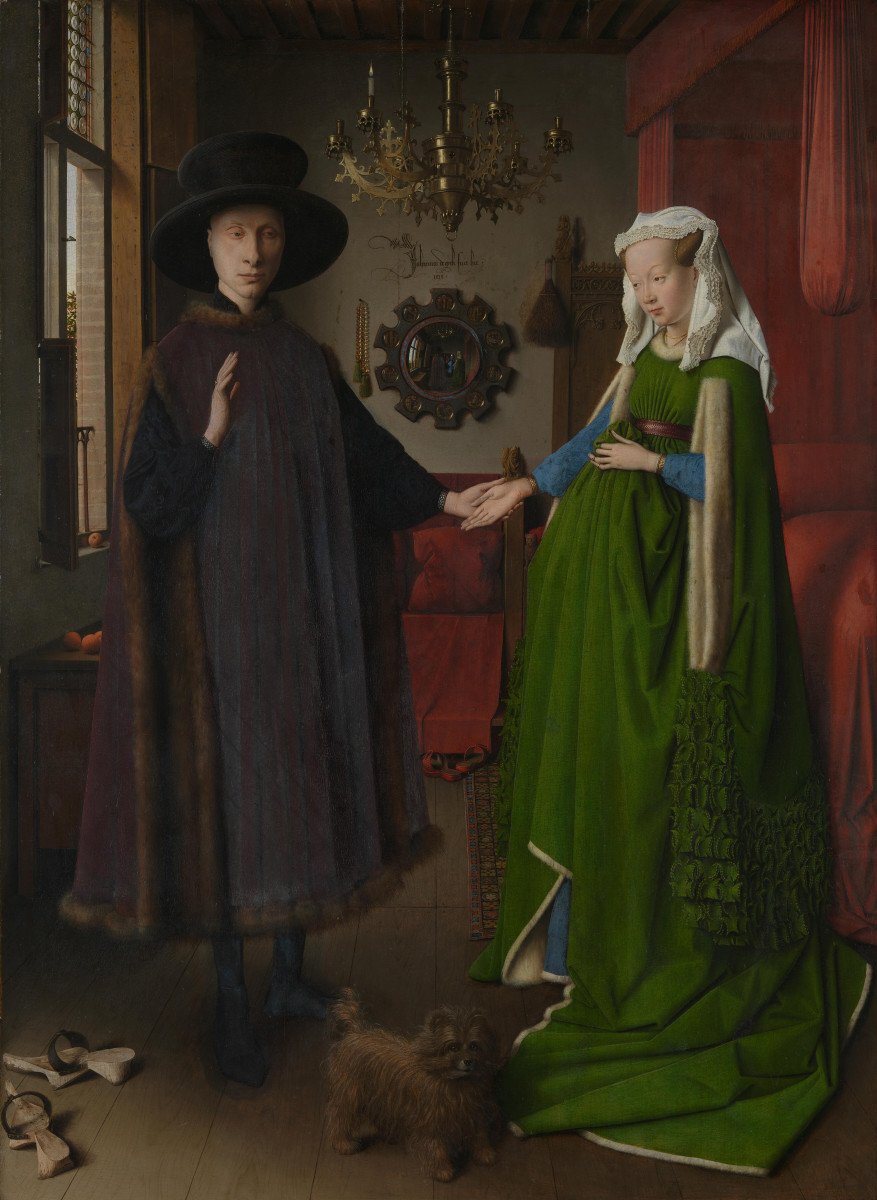
2. A dog, a broom and some shoes
The little dog that seems to smile at us from the foreground has two symbolic aspects. First, a fairly mundane one, which would be the representation of the couple’s social status, since these small dogs were quite difficult animals to obtain and, precisely for that reason, a luxury. Second, we cannot forget the obvious allusion to the fidelity that the animal exercises; fidelity within marriage, in which mutual respect is required.
In the same line, The broom hanging near the headboard has been interpreted as a symbol of the wife’s chastity and purity, and, above all, of her role as guardian of the home. His situation, near Santa Margarita, may suggest that perfection is found in the union between spiritual and family life, always within the Christian bond.
Finally, shoes would have, according to the art historian and critic Erwin Panofsky (1892-1968), a similar meaning of division of roles. The red ones, which are very close to the bed, would be feminine shoes, linked, therefore, to the domestic world. The shoes that we see in the lower left corner of the composition would be those of the husband, closer to the outside world, where he works. Finally, we must not forget that bare feet are a very ancient symbol of respect for something sacred (and remember that we are dealing with a marriage), and, on the other hand, in Flanders at the time it was believed that stepping barefoot on the floor would guarantee fertility.
3. The enigmatic mirror on the wall
Without a doubt, what draws the most attention from the elements in the painting is the convex mirror hanging on the back wall. Its detail is impressive; In each of the clypeans of the frame, scenes of the passion of Christ are meticulously represented (again, a clear allusion to religiosity and faith), while the reflection that the glass returns to us makes present the part of the scene that we can not see. In it we sense two men (one dressed in red and the other in blue) who are in front of the bride and groom (whose back we see).
Who are these two mysterious characters? There is no doubt about the identity of one of them: Jan van Eyck himself, who, in addition to painting the portrait, acts as a witness to the act. This is attested to by the inscription in beautiful Gothic script that he himself left for us on the panel, just above the mirror: Johannes de Eyck Fuit hic 1434 (Jan van Eyck was here, 1434).
Next to the mirror hangs a glass rosary, whose transparency is incredible. There is no doubt about Van Eyck’s mastery of capturing the light and textures of objects, even in cases like this where the bodies are translucent and not opaque. In the symbolic sphere, by the way, the rosary would once again signify the wife’s duty to be devout and faithful, since it was a present that husbands usually gave to their wives.
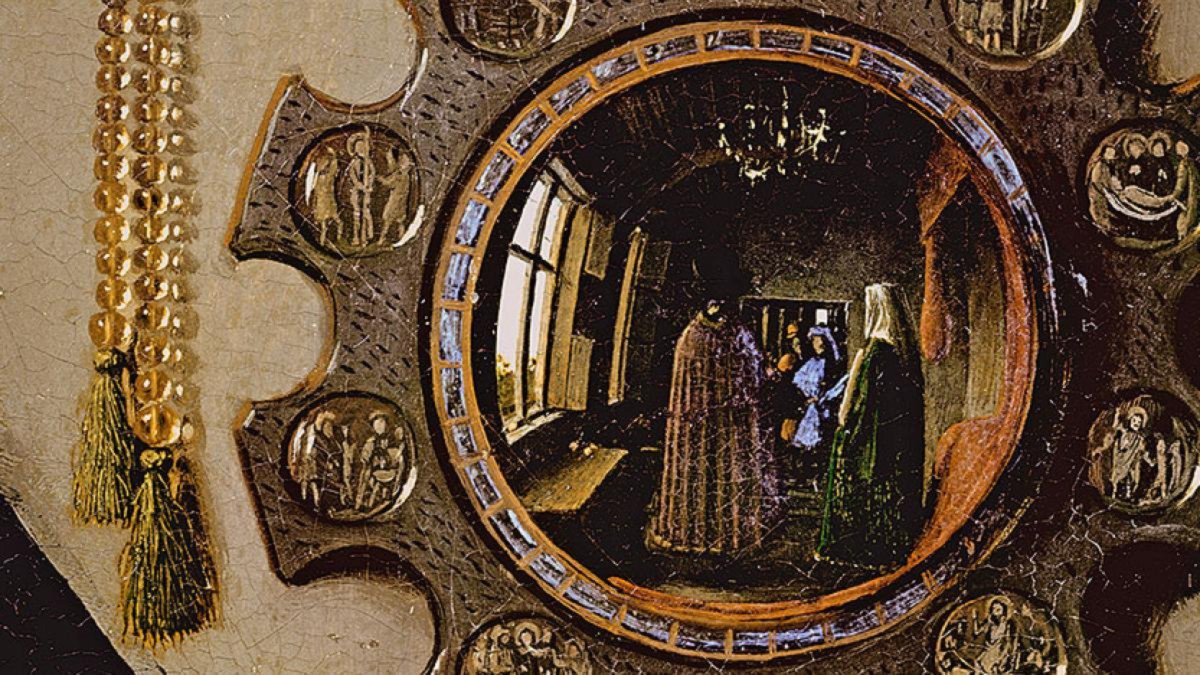
4. The (only) lit candle
Finally, let’s stop at the lit candle in the lamp, which is actually the only one placed in it. Why would van Eyck paint a sumptuous brass lamp, symbol (again) of the couple’s wealth, without candles? The logical thing would have been to show it full of them, to accentuate the message of wealth.
The explanation is not so much related to the fact that it is a daylight scene as it is to the symbolism of the candle itself. It has repeatedly been interpreted as the light of Christ, who, from above, contemplates and blesses the union. On the other hand, The lit candles were considered a kind of amulets against evil, which could also explain their presence in the room.
Conclusions
What is apparently a wedding portrait between two bourgeois people from Bruges becomes, after detailed analysis, a symbolic explosion of varied meaning. However, Van Eyck did not write down what he intended with each of these elements, so all we have are conjectures that, while some are clear and barely admit discussion, others are more complex and allow for various interpretations.
There also remains a final question. Could these objects be there only by chance, simply because they were in the room that Van Eyck captured in the table? Hardly. Its symbolic meaning is clear. Now which one?


